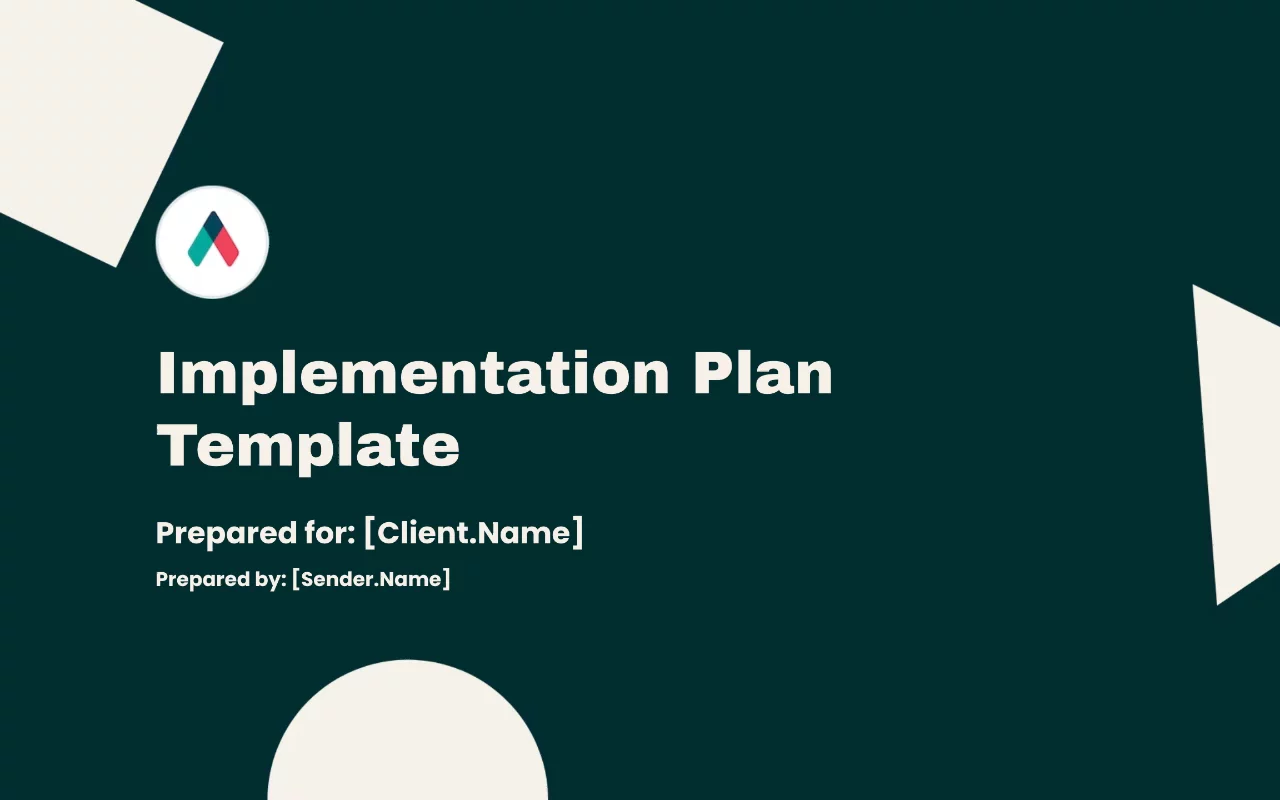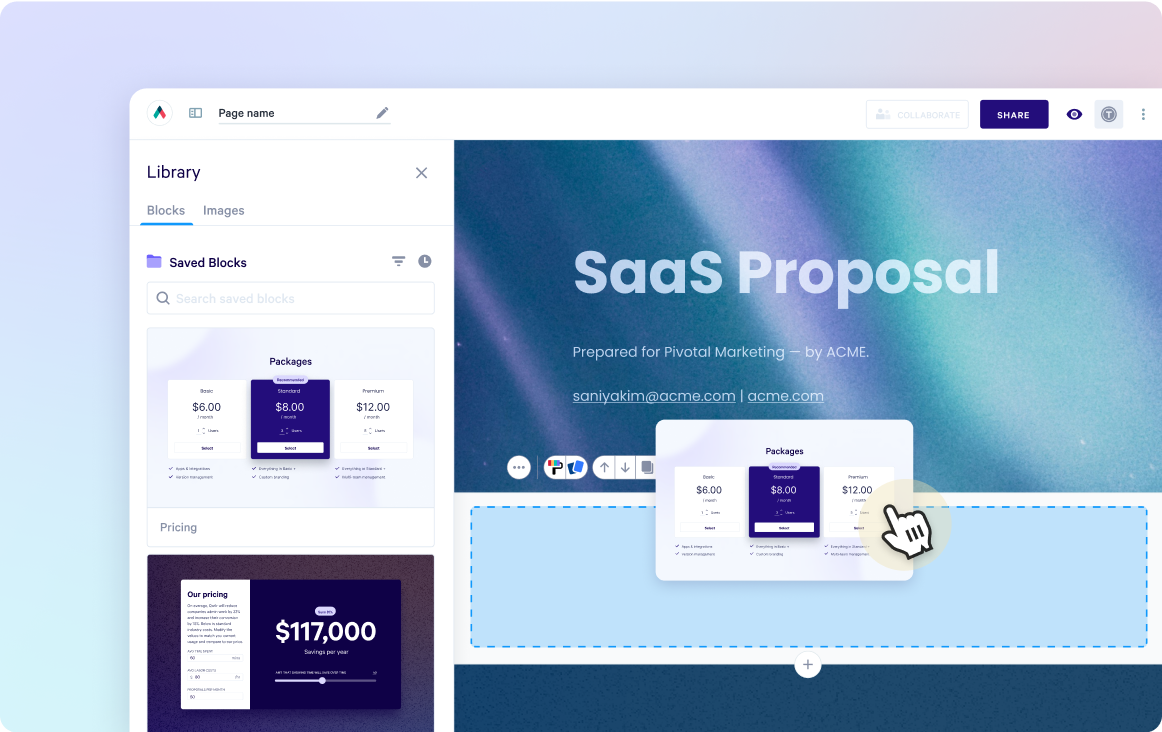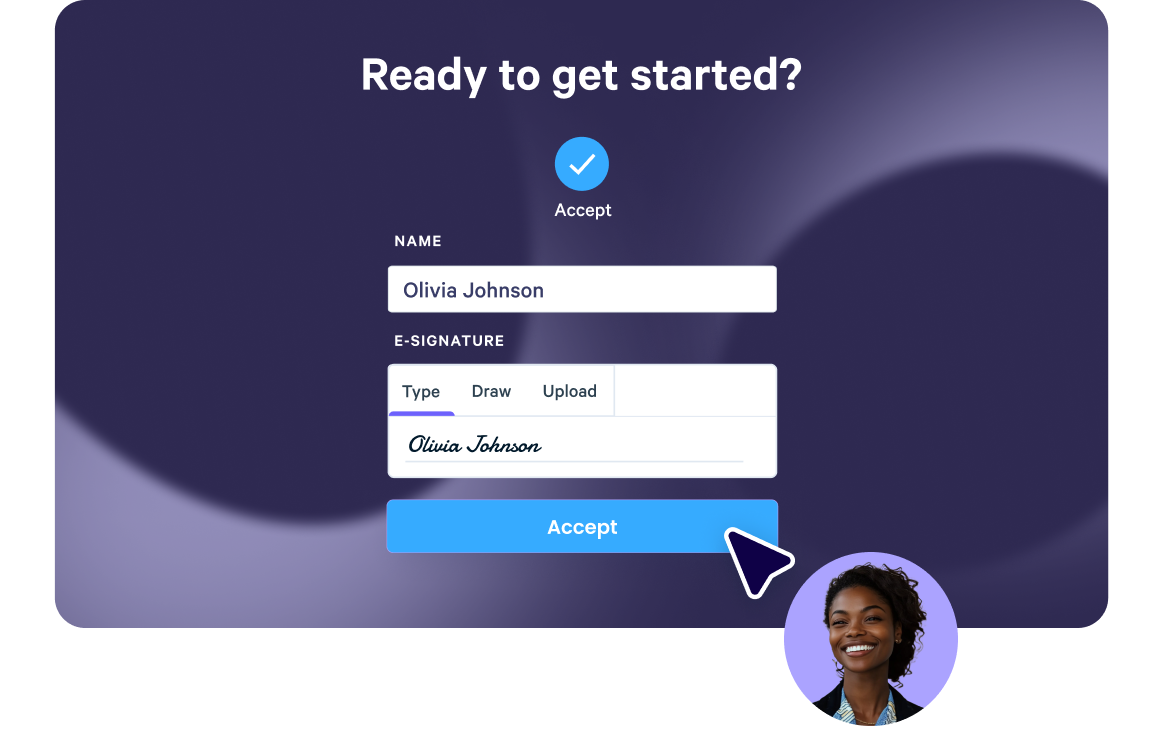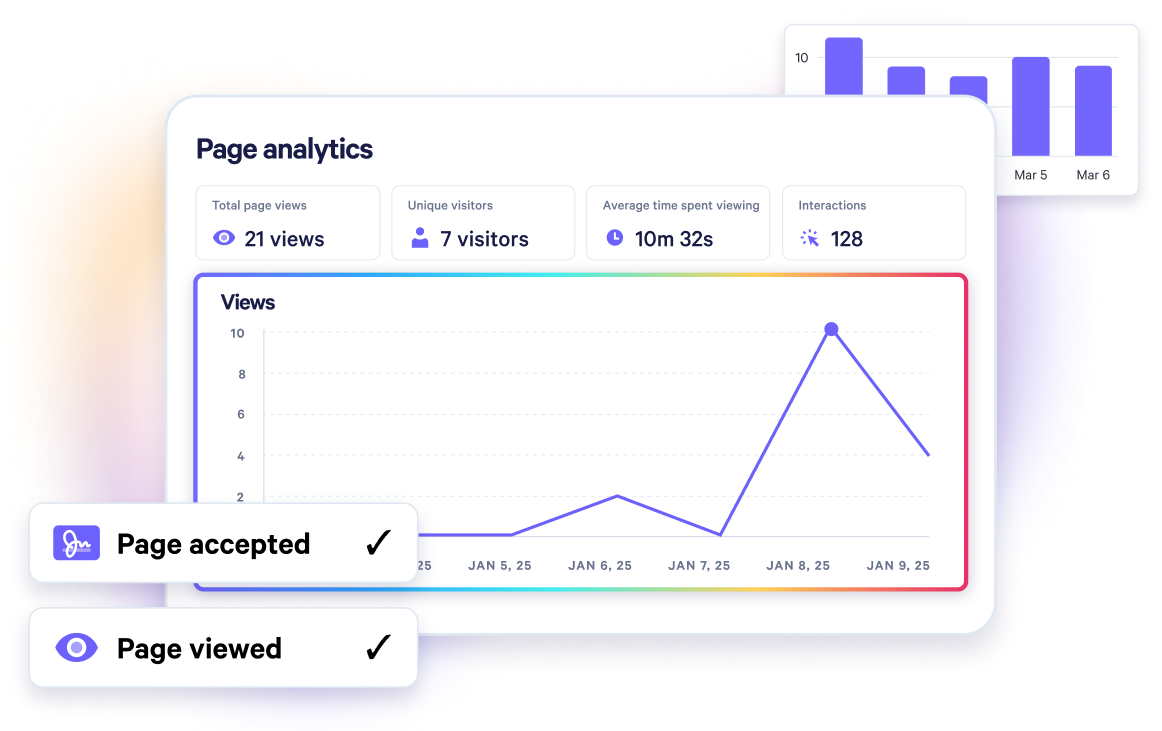Implementation Plan Template
Ensure every project is successful with our well-structured Implementation Plan Template – present a clear, comprehensive, and seamless implementation plan.

About this template
Streamline onboarding and project launches with our Implementation Plan Template. This interactive template outlines clear steps, timelines, and responsibilities to ensure smooth execution and stakeholder alignment.
What's included?
- Overview & introduction
- Phase one of implementation
- Objectives
- Training material links
- Getting started resource links
- Terms and conditions
- Testimonials
- About the company
Why Qwilr?
Design interactive proposals
Impress buyers with interactive proposals that stand out. Qwilr’s drag-and-drop editor makes it easy to create on-brand, stunning collateral — no design skills needed. Add videos, dynamic pricing, and ROI calculators to deliver a unique experience, while automated brand customizations ensure every proposal looks professional.

Built-in e-sign functionality
Combine stunning proposals, plain-text agreements, and secure e-signatures in one tool. Add print-friendly agreements alongside dynamic content and collect legally compliant e-signatures with ease. Track progress, capture multiple signatures, and close deals faster with Qwilr’s integrated e-sign functionality.

Real-time proposal analytics
Qwilr’s analytics provide full visibility into buyer engagement. Track when proposals are opened, signed, or shared, and get instant notifications for key buyer activities. See what buyers click on, how they engage, and prioritize follow-ups based on real-time insights—all designed to help close deals faster.

Templates for every use case
Explore templates for sales, marketing, customer success, sales enablement and more.
Explore proposal templatesFrequently asked questions
Writing an implementation plan requires a methodical and organized approach.
- Begin by understanding the product or service you are implementing, its intended use, and the desired outcomes.
- Next, create a project timeline, breaking down the implementation process into stages.
- Determine the key stakeholders involved in the implementation process, and assign responsibilities accordingly.
- Finally, document your plan, including all the necessary tasks, timelines, and resources required.
The four major components of an implementation plan are:
- Project scope: Defining the project’s goals, timelines, budget, and key stakeholders.
- Implementation strategy: Creating an implementation strategy that takes into account the product or service being implemented, the organization's business needs, and the customer's objectives.
- Roles and responsibilities: Defining the specific roles and responsibilities of all stakeholders involved in the implementation process, to ensure a smooth and efficient process.
- Risk management: Identifying and mitigating potential risks that could arise during the implementation process, to ensure that the project is completed on time and within budget.
An implementation plan typically includes the following elements:
- Introduction: Setting the context for the plan, and outlining the objectives.
- Project scope: Defining the project’s goals, timelines, budget, and key stakeholders.
- Implementation strategy: Creating an implementation strategy that takes into account the product or service being implemented, the organization's business needs, and the customer's objectives.
- Roles and responsibilities: Defining the specific roles and responsibilities of all stakeholders involved in the implementation process, to ensure a smooth and efficient process.
- Risk management: Identifying and mitigating potential risks that could arise during the implementation process, to ensure that the project is completed on time and within budget.
- Implementation plan: A detailed breakdown of the implementation process, outlining all the key tasks, timelines, and resources required.
- Contingency plan: A backup plan in case unforeseen challenges arise during the implementation process.
- Conclusion: Summarizing the key elements of the plan and outlining next steps.




